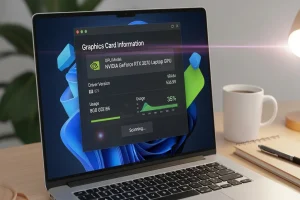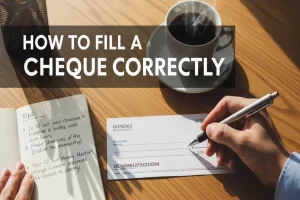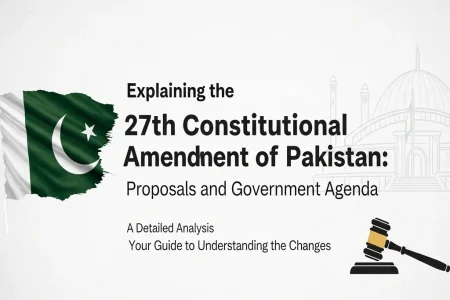Writing cheque might seem an easy task but a simple mistake can result in being rejected, delayed or in some instances, one can commit fraud. Whether you are writing a cheque for the first time or simply wish to verify that you have it full, here is a comprehensive step by step guide on How to Fill a Cheque Correctly and to make sure that it is secure.
How to Fill a Cheque Correctly: Understanding the Basics
Understanding how to fill a cheque correctly is essential for avoiding mistakes. In this guide, we will cover the steps on How to Fill a Cheque Correctly.
1. Use a Permanent Ink Pen
The permanent ink used in filling out a cheque should always be your own black or blue. It is advisable not to use pencils or erasable pens since they can be easily changed. This will ensure that there is no possibility of forgery or tampering.
2. Write the Date Properly
Write the date in the proper format DDMMYYYY (e.g. 08112025 = November 8, 2025) in the upper-right corner of the cheque.
Essential Guide on How to Fill a Cheque Correctly
Do not use slashes or dashes or any special symbols like / or -. The date should be written in a clear manner as this makes the cheque valid and timely.
3. Write the Name of Payee Visibly
The name of the individual or company to which the cheque is being issued should be written in the line beginning with Pay.
Example: Pay Muhammad Ahmed
Any blank space that comes before or after the name should not be left, and this way, nobody can add any extra words.
4. Write the Amount in Words
Below the name of the payee, enter the amount in words clearly and comprehensively. Stuff in the end of the sentence with the word only to avoid making any further addition.
Example: One Thousand Five Hundred Only.
In case of breaking of cheque or provision of extra space after writing, provide the line (———) to avoid illegitimate additions.
5. Write the Amount in Figures
Under the little box on the right hand side, set the same sum of money in figures, no commas, no decimals.
Example: 1500 or =1500/-
Putting the figures in parentheses will provide an additional protection of frauds.
6. Sign at the Designated Space
Only sign the cheque when asked to do so. Always ensure that you use the same signature as that which was registered with your bank.
One should not sign above the MICR code (the black line on the bottom), as it will generate problems in the processing.
7. Check Twice Before Handing Over
Check the cheque properly prior to handing it over to somebody:
- Date is correct and current
- Payee’s name is accurate
- Figures and amount are equivalent.
- Signature is correct
- No superimposition, editing or blank areas.
8. Do not Pre-Sign blank Cheques
Always do not sign blank cheques without filling in the amount or the name of a payee. This is also among the most widespread causes of financial fraud. Never leave out any details during signing.
9. Safe Handling and Storage
Store your cheque book in a place where it is safe and locked. In case a cheque leaf or a whole book of cheques is lost or stolen be sure to contact your bank, and ask them to stop payment on the cheques lost.
10. What Payees Should Check
In case you are the cheque payee (receiver):
- Do not take pencil written cheques or erasable ink cheques.
- Do not accept cheques on which it is found that the alterations have been made or that it has been overwritten unless they are resigned without delay by the drawer.
- Do not affix tape on any portion of the cheque particularly on signatures or figures.
- It should be noted that after a period of six months since the date of issue, cheques get stale and have to be revalidated.
A cheque is a legal monetary document – any negligence in filling it or in its handling, may lead to extreme inconvenience, or even to the loss of money. With these simple and clear steps, one can be reminded that his or her cheque will always be valid, secure and easily processed.







